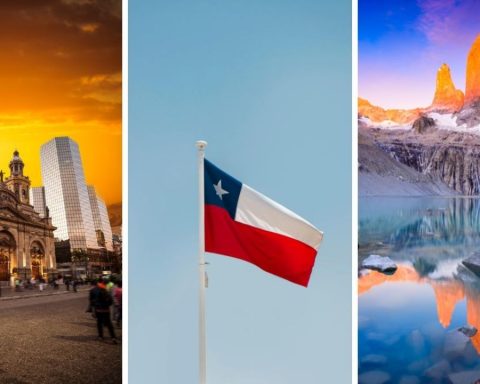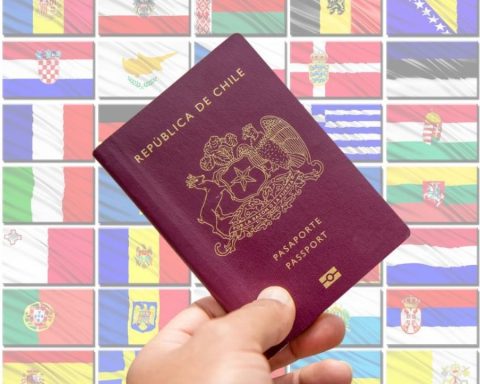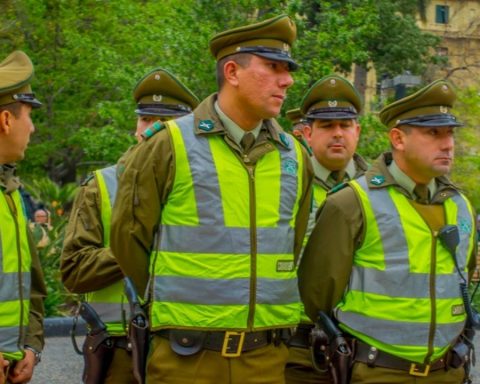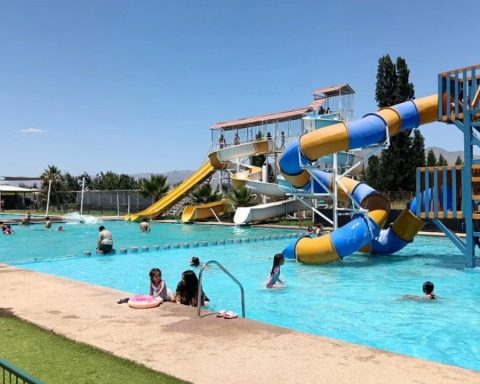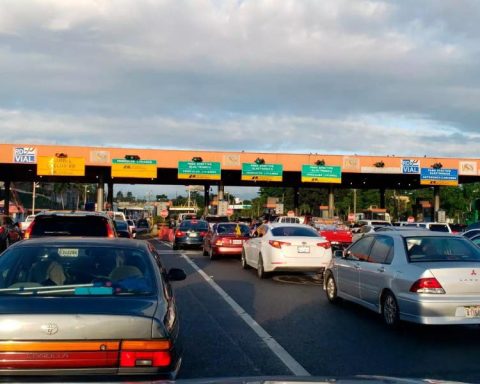Geographical breadth, inclusion of the rural sector, in addition to an eminently peaceful character and a regional preference, are the main characteristics of the environmental and socio-territorial protests investigated by the Center for the Study of Conflict and Social Cohesion (COES). The study analyzed 22,605 demonstrations between 2008 and 2020, based on press releases, which claimed claims of different types. Of these, 1,737 events (7.68%) were considered “socioterritorial” due to their ecological-environmentalist and regionalist-local focuses, while 92.32% were classified as “general”, because they pointed to educational, labor, native peoples, feminists, sexual and political minorities, among others.
And although socio-territorial protests share common features with general mobilizations, such as distancing from political parties, they present a series of attributes of their own, among them, their geographical distribution and the diversity of targets o Foci of protest: mainly concentrated in regional and local governments and companies. In addition, they are considered a central component of the social dynamics present in the 2010-2020 decade and that marks the new politics, the new citizen. In fact, in “Ten years of auditing democracy: before the outbreak” (2020), of the United Nations Development Program (UNDP), it is pointed out that in 2008 25% of the population participated in some way in politics and in 2018 the percentage had reached 53% In turn, the so-called “fragmented” (active protesters) and involved went from being 5% to 27% of the inhabitants in the same period.
The COES Territorial Conflicts group was in charge of this research area, whose events were concentrated mainly in the regions of Valparaíso, Aysén, Metropolitana and La Araucanía.
In the analysis of these 12 years, milestones that brought us to today clearly appear.
One of the first occurred in 2011, when the student protests joined with HidroAysén, and the beginning of the mobilizations in Calama for “state abandonment”, which calmed down with the creation of the Development Fund for the North (Fondenor). 2014 was marked by the mobilizations around the labor reform in the Bachelet Government.
These are visible movements, but there is also resistance to small hydroelectric plants, to mining and port investments. “There is a mobilization usually articulated around a project presented for environmental evaluation that begins to generate local mobilization with leadership around specific issues and decentralization that creates networks and political fabric. Over time, this has a correlation with more stable organisms, such as the case of Modatima, which has been working for water for a long time. These ‘mini-protests’ sometimes don’t get big rulings, but they do generate politicization outside the left-right cleavage,” explains Felipe Irarrázaval, postdoctoral researcher at COES and the UC’s Institute of Urban and Territorial Studies.
Concrete examples of the political articulation of these movements are the transfer of their leaders to popular election and traditional power. In the case of Calama, we have the then mayor Esteban Velásquez, who was later elected deputy and today is a senator. The current governor of Antofagasta, Ricardo Díaz, emerged from the mobilization against pollution caused by industrial activities, and Rodrigo Mundaca, today governor of the Valparaíso Region, was director and spokesman for Modatima.
For years the UNDP report pointed out that Chileans did not participate in the elections, but at the same time it assured that there was interest in politics. Contradiction? They just weren’t interested in partisan politics. “That group underwent a change between 2010 and 2018, people began to have causes, manifest them and, among them, specific campaigns such as environmental ones (and feminists in another field) increased the volume of the social fabric. There was a precedent in the Los Ríos Region, and in Chiloé May in 2016. The phenomenon gains strength, the fragmented grow and leads to the social outbreak of 2019, ”adds Irarrázaval.
The new Constitution
The slogans and causes present in the largest cycle of protests that began on October 18, 2019, included the protection of the environment and criticism of centralism. The conditions of the electoral process to create the Constitutional Convention, with a lower requirement in the number of signatures and a proportional system, made possible the entry of groups outside the parties, including environmental and territorial movements. “This axis of movements, which had already been articulated, arrives well positioned, due to the conditions of access, and they manage to enter as a block, which allowed them to compromise in the political negotiation in a general way. And that is going to be seen not only in the society-nature relationship of the Environment chapter, but also in what is Decentralization and Form of State”, the researcher points out.
The million dollar question is: what happens if the new text is not approved, does this dynamic stop?
Felipe Irarrázaval answers:
“Part of the environmental issues are here to stay, starting with the Escazú Treaty ratified by this Government. There are issues that, if the constitutional proposal is rejected, may not reach constitutional status, but they should be installed in society because they are trends that are in the reports of international organizations. In fact, the OECD has been saying for some time that citizen participation was due, as was the reform of the environmental impact system in Chile. These are trends that should continue to advance. In terms of decentralization, we have to see what will happen because they are matters that move little, because the parties at the national level are very comfortable in the centralized system. They manage the names of those who compete and manage the regional development funds based on political quotas, so it is not very attractive to push for decentralization. For that to happen, there should be a composition like the one that came to the Convention. If, on the contrary, the new Constitution is approved and to the extent that it becomes operational in different laws, the tendency should be for these protests to become institutionalized”, he points out.
And he adds that, outside the Convention, the environmental issue still achieves a good position, because people empathize with these demands. “The criticisms of the proposal are not on environmental issues. And that has to do with the fact that it is known that Chile had to move forward and there was a pending debt that was not being addressed by the traditional elite.”
In the future, Irarrázaval estimates that the regionalist groups could be more competitive in regular elections for councillors, mayors and governors, because they are already known and have a greater social fabric. “The issue is whether they manage to have a broader political coordination, which allows them to be competitive, eventually, in national parliamentary elections or in the Chamber of Regions. To do this, you need to have alliances with other groups”, he concludes.

